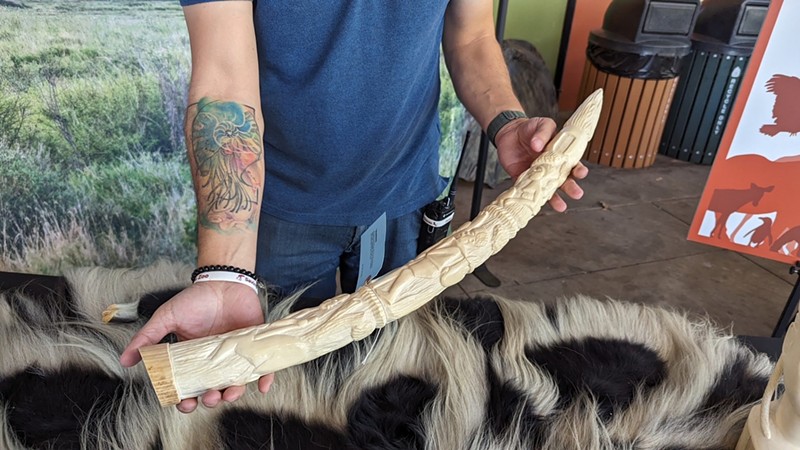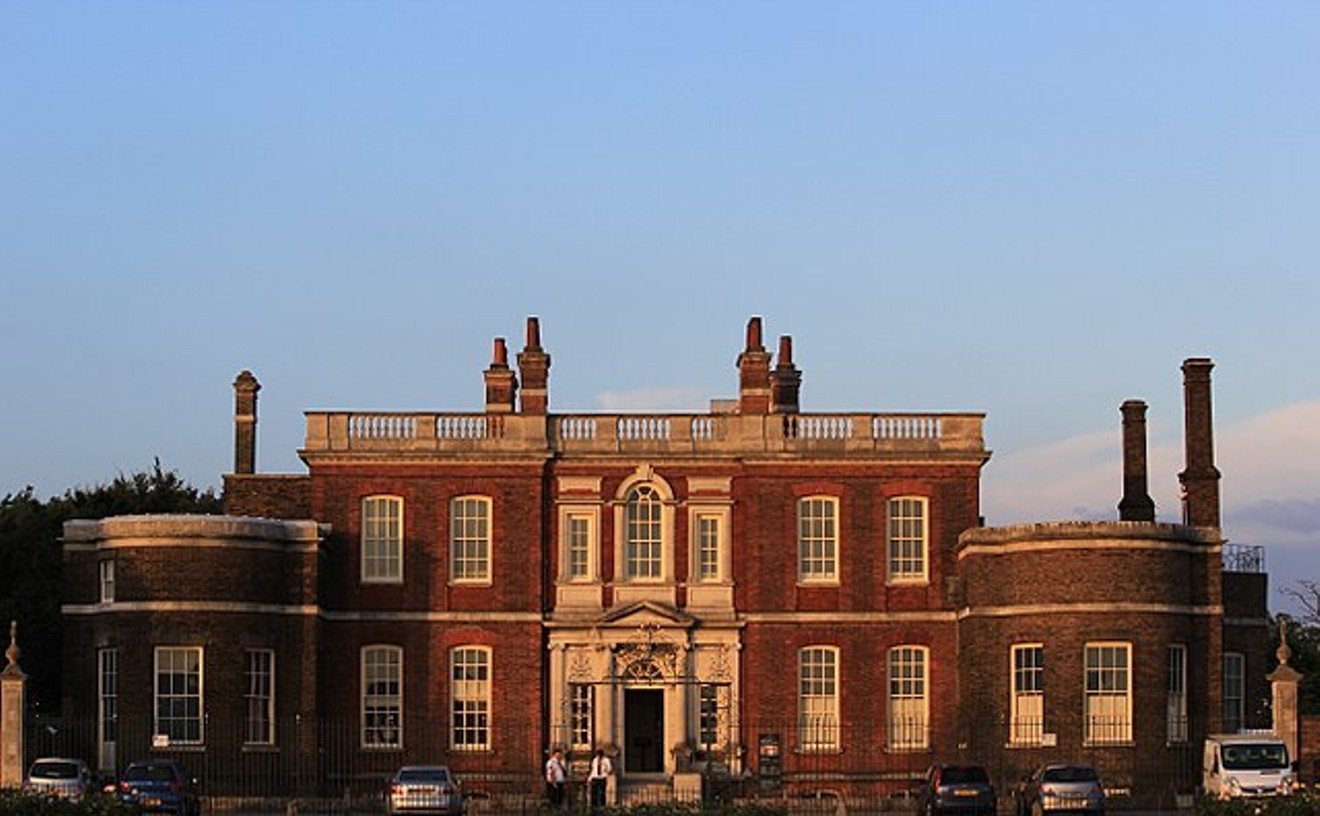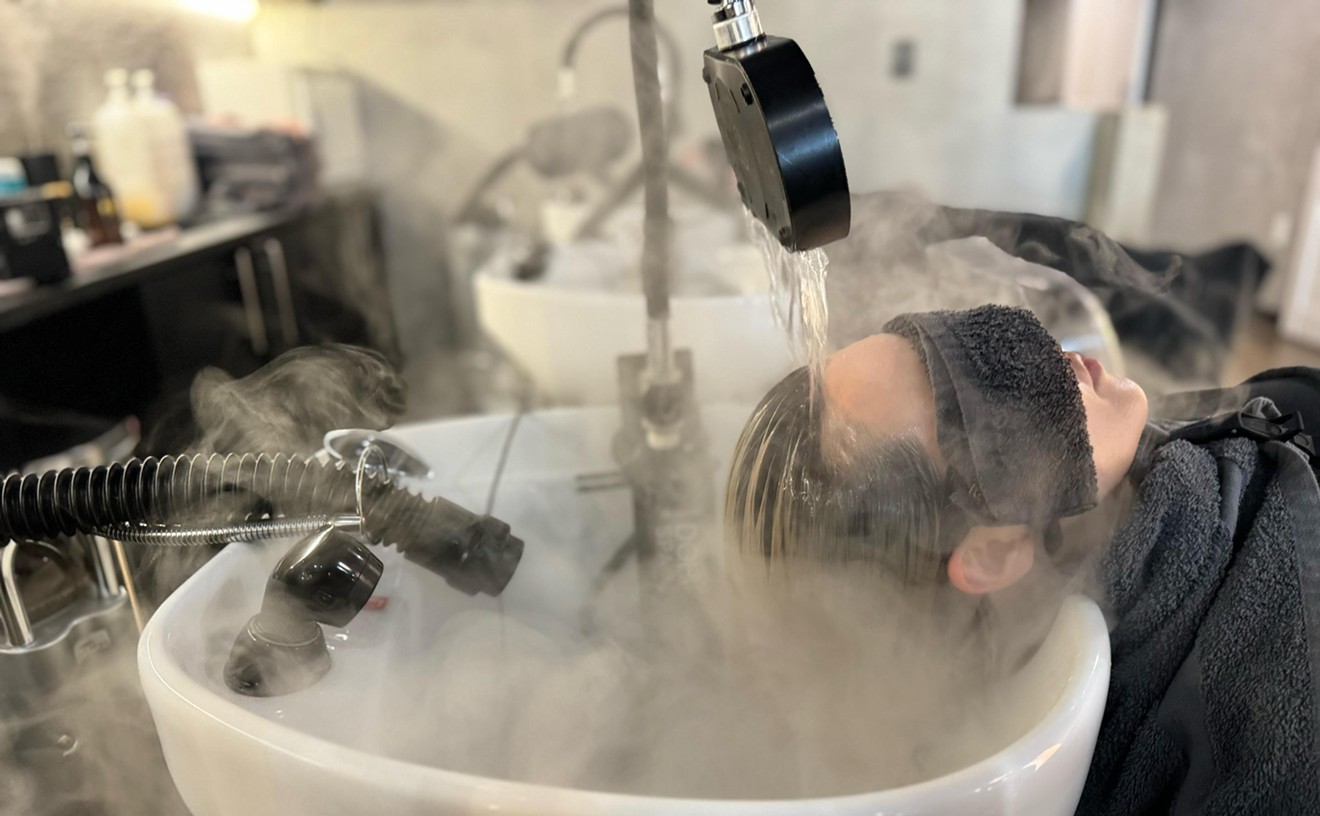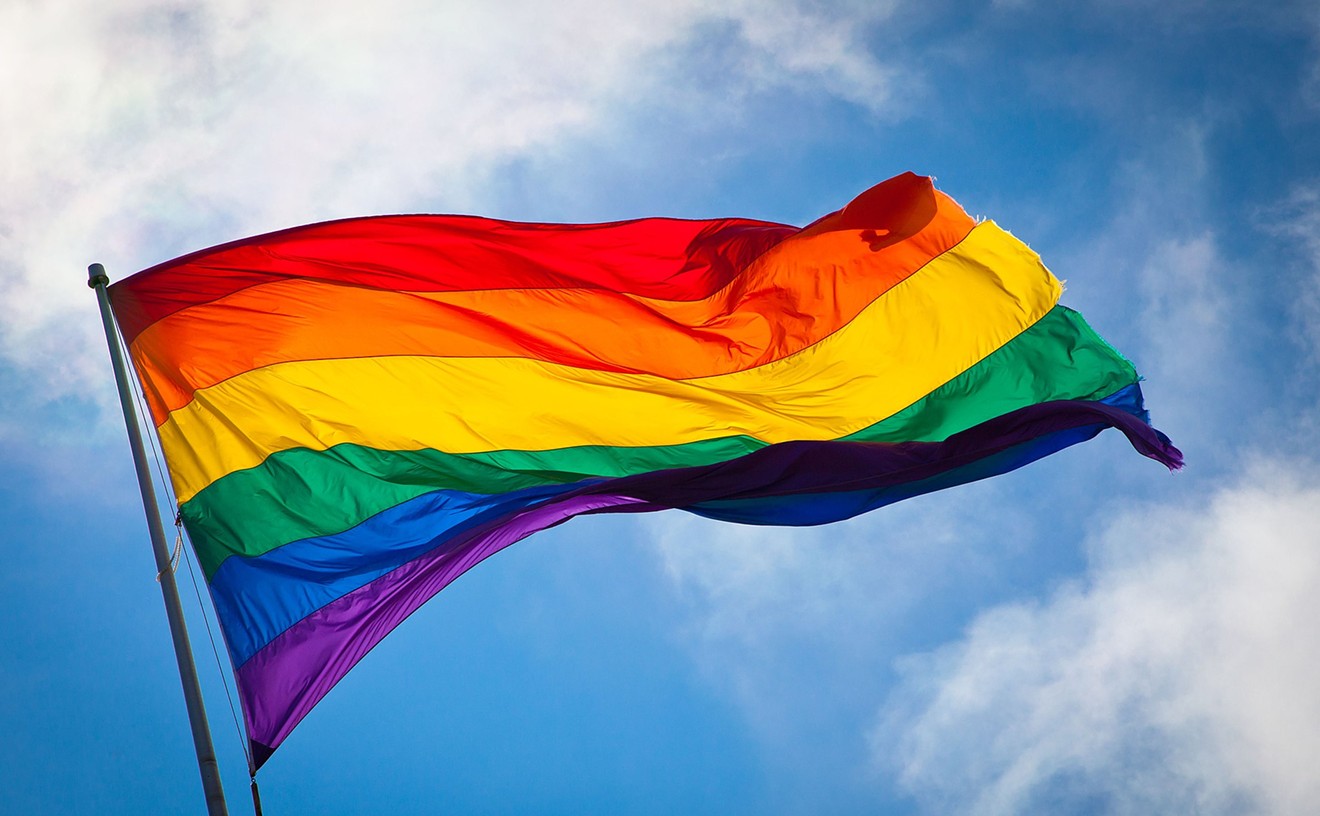Dallas is the fourth-ranked city in the United States in the trading of illegal wildlife and wildlife products. Outside of the illegal purchasing and housing of exotic animals, a large number of animal-derived items readily available across Dallas-Fort Worth are sourced from the illegal wildlife trade. It's likely that many items of North Texans’ clothing and accessories, from python cowboy boots to ivory jewelry, have been transported here through the trafficking and poaching market, Edell says.
“When talking about wildlife traffic, North Texas is not the first place that comes to people’s minds,” Edell says. “It is, inherently, a global issue — and North Texas is a huge hub, so the more we talk about it the better.”
To increase awareness and reduce what is cycled back into the trade, the Dallas Zoo offers community programs. Its most recent organized effort took place on Oct. 20. The zoo's first Toss the Tusk is a collection effort taking place across multiple U.S. zoos in collaboration with the Association of Zoos, U.S. Fish and Wildlife Service and Texas Parks & Wildlife to educate and encourage the community to fight against wildlife trafficking.
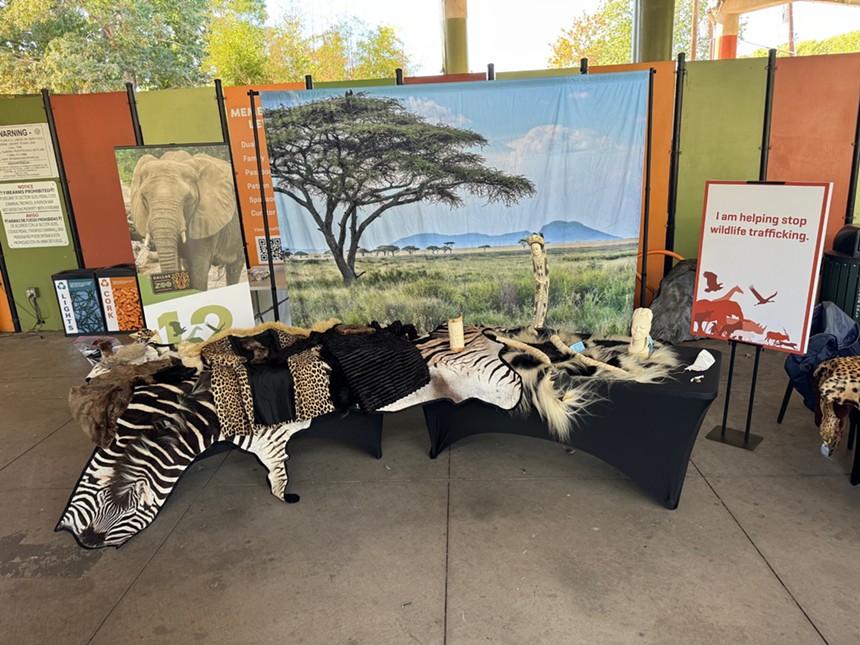
Officials at the Dallas Zoo collected 39 items made from wildlife, including 31 pounds of ivory and 40 pounds of skins and furs, some removed from critically endangered species.
Dallas Zoo
Last Friday, 350 visitors met with members of the Dallas Zoo’s conservation team and partnering organizations to surrender pieces of wildlife products and learn more about the local and global wildlife trade. Throughout the day, Dallas Zoo collected 39 items made from wildlife, including more than 31 pounds of ivory and approximately 40 pounds of wildlife skins and furs, including a coat made from at least six critically endangered ocelots.
Edell says what typically moves people to surrender these items is the knowledge of where and how the item was likely obtained in the illegal poaching and trading system. He says one story he heard from a guest at last week’s collection event was particularly meaningful to him and put the broader issue of wildlife conservation into context.“For people who are tempted to buy a wildlife product, doing your homework, doing that research, is really key.” – Harrison Edell, Dallas Zoo
tweet this
“One of the conversations I had was with a woman [...] who had been gifted an ivory carving that she had left sitting on a shelf in her home for years,” Edell says. “She said, ‘I don't love this thing. We just inherited it. We feel guilty keeping it in the house, but we also feel guilty getting rid of it. [...] I would rather just bring it to you and feel good about the process, as opposed to just kicking the can down the road and hoping that the next generation figures out what to do about it.’ ... That perfectly sums up what we’re trying to do here.”
While the Toss the Tusk event was Dallas Zoo’s first organized collection, the zoo has continuously encouraged guests to inquire about donating wildlife products to the zoo year-round. Once collected, the items are sent to the U.S. Fish and Wildlife Service’s storage facilities, where they are cataloged and used to help teach agents the differences between certain products, such as walrus ivory versus elephant ivory.
Edell says wildlife officers often have no way of knowing whether products such as ivory have been sourced from an elephant two years ago or is a 100-year-old heirloom. Additionally, he says certain preserved products such as butterfly pinnings that are labeled as “sustainably sourced” may actually be from a rare or endangered species. The struggle to identify the time and manner in which a product was sourced complicates how consumers can determine what is “ethically sourced.” Additional factors, like lag time between when the species is endangered and when legislation catches up, add further complexities to market ethics.
“It’s a tough question to answer [what makes wildlife products ethical],” Edell says. “For people who are tempted to buy a wildlife product, doing your homework, doing that research, is really key.” Asking vendors questions about where and how their products were sourced will reveal a lot to you about what aspects of the market are trustworthy, Edell says.
“For some vendors, ignorance is bliss, and they either won’t or can’t answer some of those questions for you,” Edell says. “There’s nothing wrong with questioning, and if they really know their stuff, those vendors shouldn't be threatened by them.”
In addition to wildlife product collections, the Dallas Zoo gets frequent calls regarding incidents of live wildlife trade across North Texas. However, the zoo’s limited capacity frequently prevents it from housing every animal captured. Because of this, Edell says Dallas Zoo meetings early next year will focus on building a network of animal staff across the U.S. who can collectively address such situations.
In the meantime, Edell says the zoo is committed to educating its thousands of annual visitors about the prevalence and effect of animal trade in their area. In doing so, he hopes others are more equipped to help fight the effects of illegal wildlife trafficking and trade worldwide.
“I think the more time you spend interacting with Murphy, the African grey parrot who lives at Birds Landing, or with one of the giraffes or one of the Galapagos tortoises, the more likely you are to react when you hear about birds that were seized at the airport or tortoises that were confiscated,” Edell says. “That education comes from both empathy building and awareness building, and here, we share animals’ stories to do both.”

